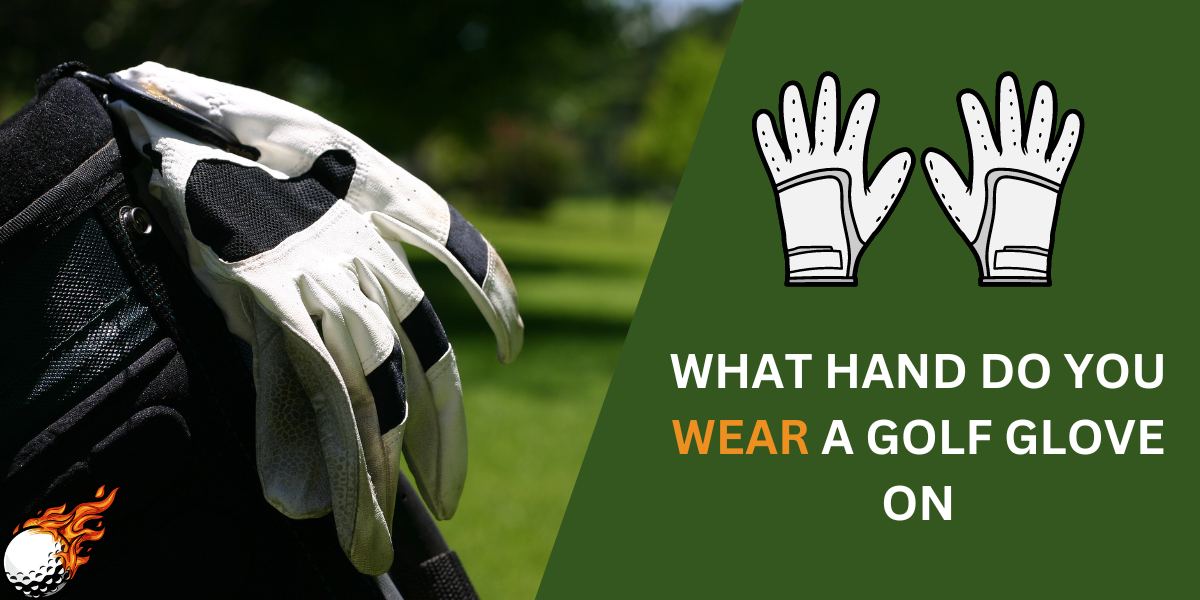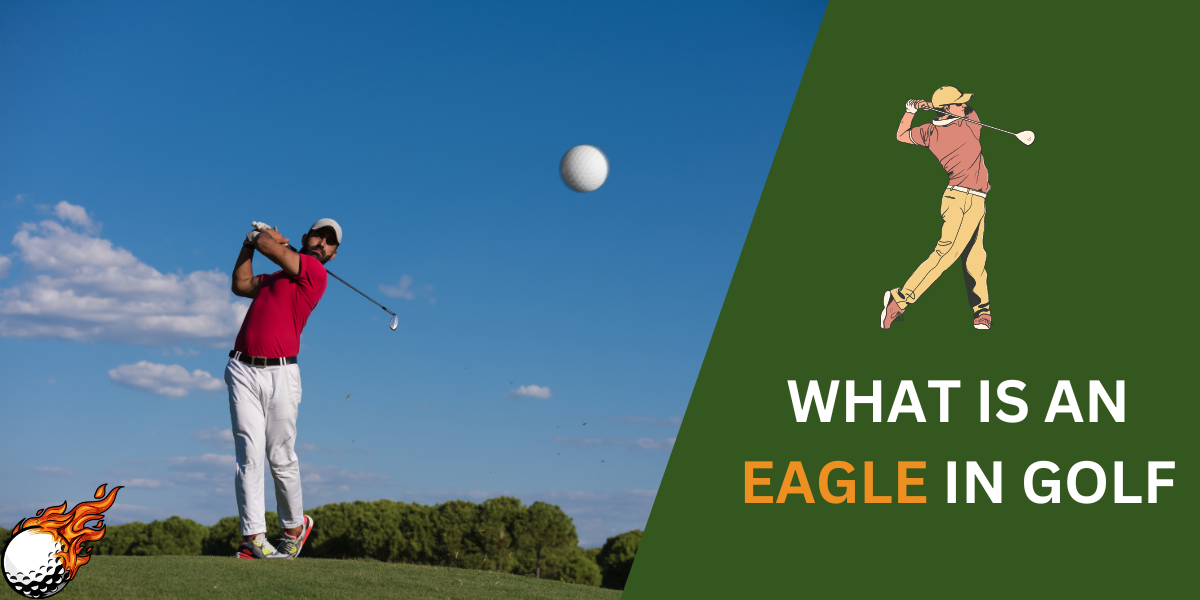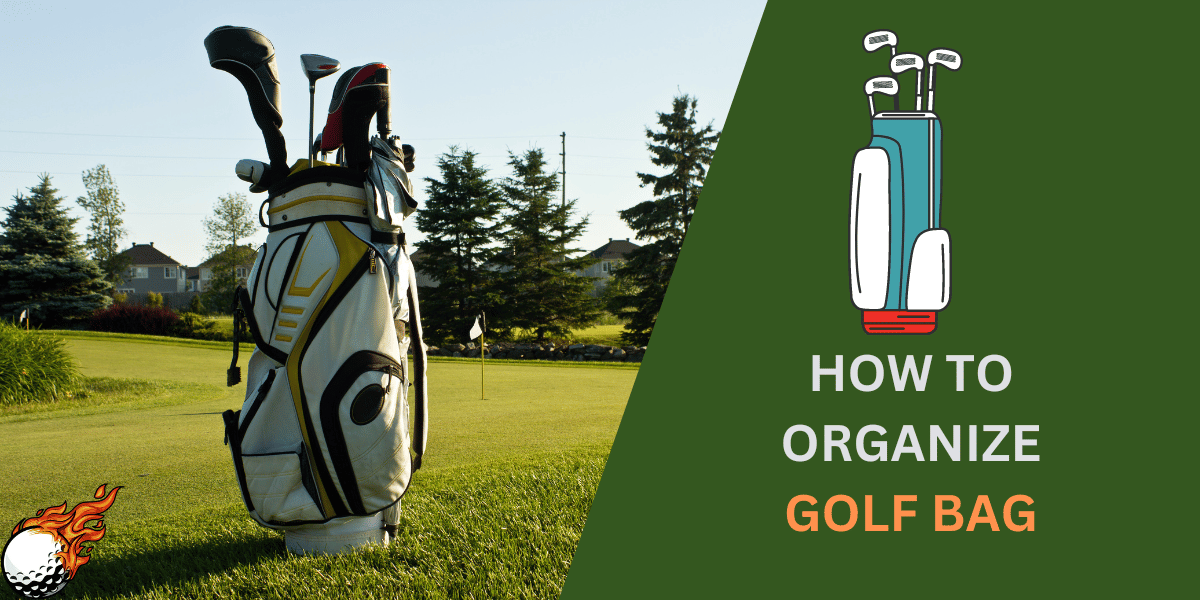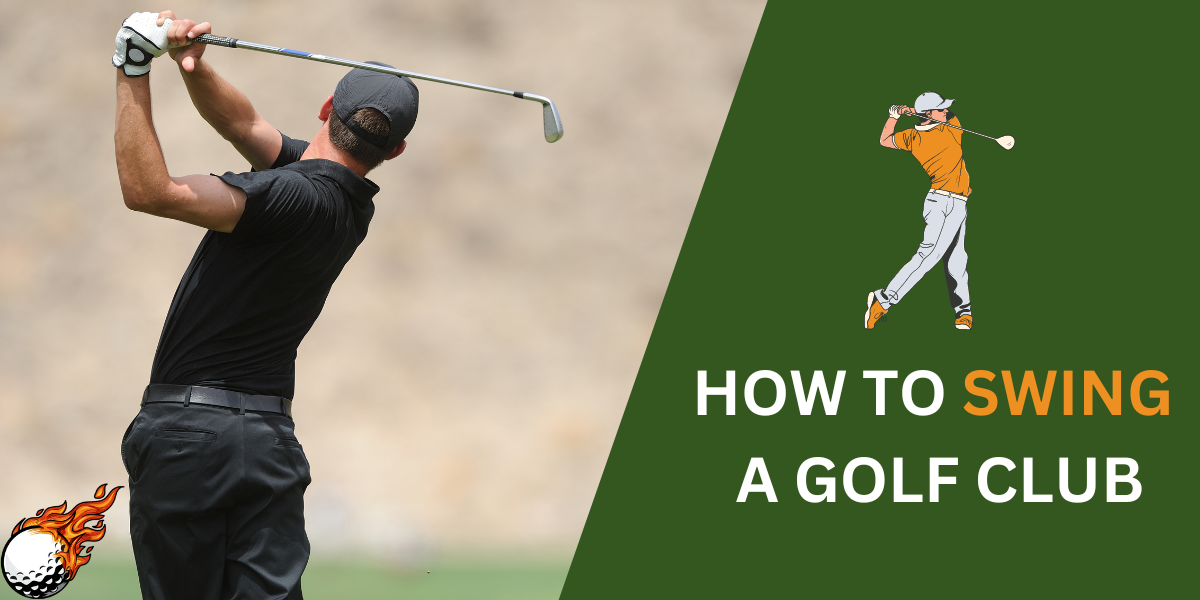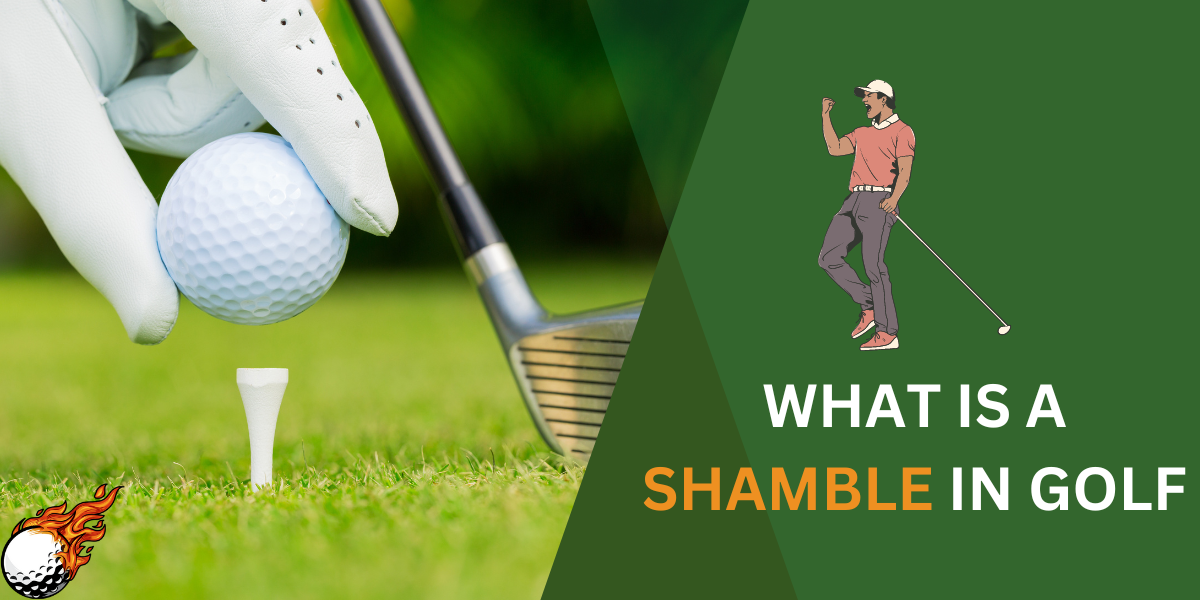
Have you ever shanked a tee shot way off course?
Or smash a drive that might have sailed over the water?
These are times when golf can get frustrating.
You don’t want to waste time trudging all the way back to the tee to replay the shot.
Losing a ball can be a real downer, adding those dreaded extra strokes to your scorecard. But with a provisional shot, you can avoid this frustration and keep your game on track!
That’s where the “provisional shot” comes to the rescue.
Think of a provisional shot as your golfing superhero, swooping in to save the day. It’s a do-over that not only saves you from penalties but also keeps the game moving along, giving you more time to focus on your next move.
Want to learn how to use this handy trick?
- What it is: An extra shot you take when your original ball might be lost or out of bounds. Think of it as your backup plan on the golf course.
- Why it matters:
- It saves time! It prevents you from having to walk all the way back to the tee or your previous spot if you can’t find your ball.
- Keeps the game flowing smoothly.
- When to use it:
- If you hit a shot, that might be lost in a water hazard.
- When you slice a ball way out of bounds.
- If your shot lands in deep rough or woods where finding it will be tough.
- Key Steps
- Announce to your group, “I’m playing a provisional.”
- Hit the provisional ball before looking for your original.
- You have three minutes to find your original ball.
- If you find it – great! You play the original (with a penalty stroke play).
- If you don’t find it – your provisional becomes your ball in play (also with a penalty).
What Exactly is a Provisional Golf Shot?
Forget those fancy rulebook terms for a second.
You can think of a provisional ball as your backup plan on the golf course.
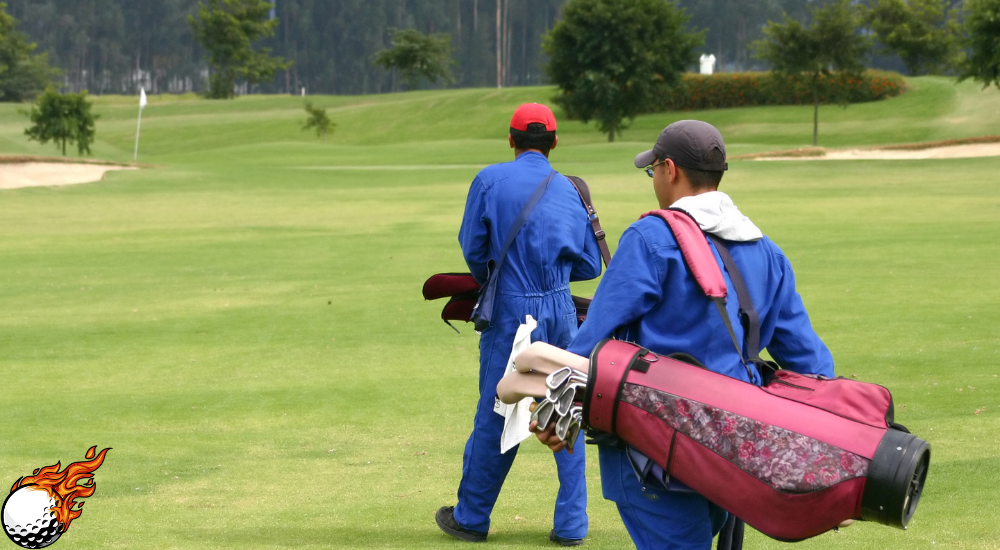
It’s a second shot you hit when you think your first ball might be lost or way out of bounds.
Why is this important?
Well, imagine you can’t find your original ball.
Without a provisional, you’d have to walk all the way back to where you started and hit another tee shot!
That’s a huge waste of time.
Here’s how it works in a nutshell
- Bad shot? If you think your original ball is in big trouble, you can play a provisional ball.
- Extra shot, extra penalty: Playing provisional costs you one extra stroke (we’ll talk more about penalties later).
- Search party: You still try to find your original ball while your provisional is out there as a safety net.
Important Note: Don’t confuse a “provisional ball” with a “mulligan.” A mulligan is a friendly do-over that doesn’t follow the official rules, while a provisional ball is part of the official golf rules and designed to save time.
When to Hit a Provisional Shot
Okay, so you know a provisional ball is like a backup plan, but when do you actually use it?
Here’s the deal:

- Out of Bounds: If you sliced your ball towards that row of houses lining the course, that’s a prime time for a provisional ball. Out of bounds means a big penalty, so playing a provisional saves you from walking back to the teeing area.
- Lost in Trouble: Did you hit a screamer into the deep woods? Or maybe your ball dived into a water hazard? These are also good reasons to play a provisional ball.
- The Clock is Ticking: In golf, you only get three minutes to find a lost ball. A provisional keeps things moving even if that search is taking a while. Taking a ball provisionally is a good advantage
Important Things to Remember:
- Don’t be shy: If you have even a tiny doubt about your original ball, hit a provisional. It’s better to take the extra stroke penalty than waste a ton of time.
- Follow the Rules of Golf: Sometimes, a course might have specific “local rules” that change when you can use a provisional ball. Pay attention to any signs or information provided by the golf course.
- Provisionals aren’t just for tee shots: You can use a provisional after any shot, as long as the ball might be lost or out of bounds!
Bottom Line: If your original ball might get you into trouble, a provisional helps you continue to play quickly and within the rules.
How to Hit a Provisional
Hitting a provisional ball isn’t complicated, but there are a few key rules to keep the game fair:
Make Your Announcement
Before you hit your provisional, please tell your playing partners (or your opponent in a match) what you’re doing.
Just say something like, “I’m playing a provisional.”
This is important so everyone’s on the same page.
Hit the Ball, THEN Search
This part might seem backward, but it’s a crucial rule.
Hit your provisional ball before you start looking for your original ball.
This prevents any sneaky tricks where someone might pretend their original ball was better than it actually was.
The Decision Time
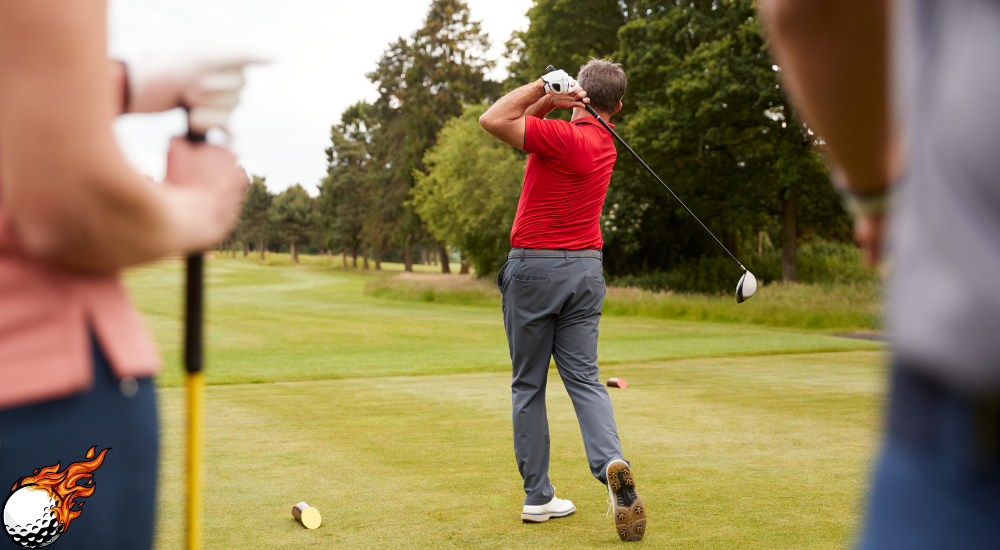
Now you have a few possibilities:
- Found it! If you find your original ball within the three-minute search window, yay! Forget about the provisional, and keep playing your original ball (but remember, you’ll get a penalty stroke).
- Lost and Gone: Didn’t find your original ball? That’s a bummer, but now your provisional becomes your ball in play. Just remember to add that penalty stroke to your score.
- Definitely Out of Bounds: If your original ball sailed clearly out of bounds, the provisional becomes your ball in play (and in this case, you get a bigger penalty).
A Few More Notes
- Pace of Play: Provisionals are about keeping the game moving. Try not to waste too much time deciding on a provisional – most golfers make this call quickly.
- Communicate: Keep your playing partners in the loop, letting them know if you’re abandoning your provisional or if it becomes the ball you’re playing.
Extra Tip: Be bold and ask questions! If you need clarification on using a provisional, check with a more experienced golfer or someone at the golf course.
The Stroke Penalty (Penalty Breakdown)
Okay, nobody loves getting penalty strokes, but they’re part of golf!
Here’s the deal with provisional balls and penalties:
- Lost Ball: If your original ball is lost and you have to use your provisional, that’s a one-stroke penalty.
- Out of Bounds: Your original ball goes way out of bounds? That’s a worse penalty called “stroke and distance.” This means you get a one-stroke penalty, PLUS you have to go back to your previous spot and hit again.
Why the Penalties?
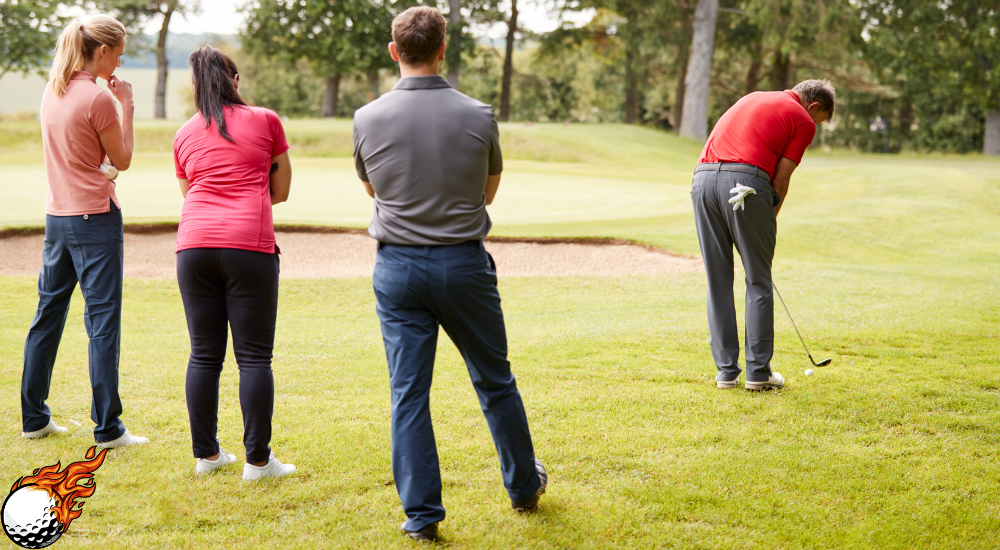
Think of it this way: the rules want to prevent you from accidentally gaining an advantage by hitting a provisional.
If you found your original ball in a perfect spot, it wouldn’t be fair to switch to the provisional just because you like the lie better.
Important Reminder
Even though there’s a penalty, sometimes playing a provisional is totally worth it!
It’s way better to take that extra stroke than to lose a ball and have to walk all the way back to hit a new tee shot.
Tips and Considerations
Knowing the rules for a provisional ball is important, but here are a few extra things to keep in mind:
- Don’t Be Stingy: If there’s even a slight chance your original ball is in trouble, go ahead and hit a provisional. It’s better to take the penalty stroke than to waste time hoping for a miracle.
- Search Smart: Even if you play a provisional, it’s always worth spending some time looking for your original ball. If you find it, you’ve saved yourself a penalty stroke!
- Carry Extra Golf Balls: Make sure you have a few extra balls in your bag. You don’t want to get caught without one when you need to hit a provisional.
- Think Strategically: Sometimes, even if you find your original ball, the provisional might be in a better spot! You can decide which ball to continue playing based on the situation.
- It’s Not Just About Speed: Provisionals help keep your round flowing, but they also prevent frustration. Sometimes, knowing you have a backup shot can help you relax and swing more freely.
Remember: Using a provisional ball is a normal part of golf. Please don’t feel embarrassed about it! Even the pros play provisionals from time to time.
Real-World Examples
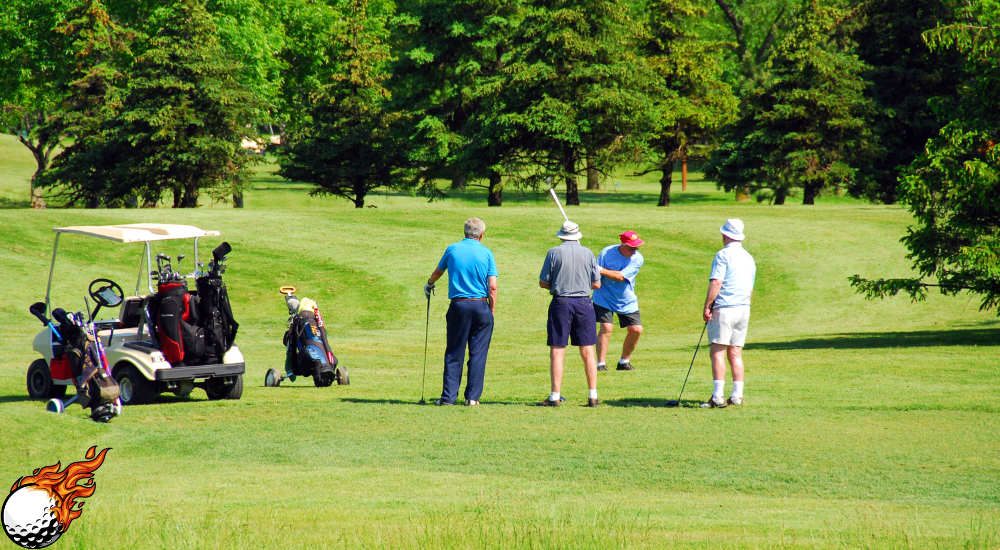
Sometimes, it’s easier to understand when you see a provisional ball in action.
Here are a few common situations where playing a provisional ball makes sense:
- The Big Slice: You crush your tee shot, but it curves way to the right, heading towards a line of trees or a water hazard. This is a perfect time to hit a provisional!
- The Blind Shot: You have to hit your approach shot over a hill and can’t see where it lands. A provisional helps you keep playing without having to trek up the mountain just to check if your original ball is in a good spot.
- The Deep Rough: You hit a slightly wayward shot that lands in the tall, thick grass. It’s going to be tough to find your ball in there, so a provisional lets you continue play without a lengthy search.
Key Takeaway: Provisionals are most helpful when your original ball could be lost, out of bounds, or really difficult to find. Using the provisional ball rule keeps your round moving forward while staying within the other rules of golf.
Conclusion
Provisional balls might seem a bit confusing at first, but they’re really just smart tools for helping you on the golf course.

Here’s what to remember…
- Provisionals Save Time: The biggest advantage of hitting a provisional is keeping your round moving. No more trudging back to the tee box because you lost a ball!
- Know the Rules: Make sure you announce your intention to hit a provisional ball and hit it before you start searching for your original.
- Don’t Be Afraid: If you think your original ball might be in trouble, go ahead and play a provisional. It’s better to take that one-stroke penalty than get frustrated hunting for a lost, wrong ball.
Think of a provisional ball as your insurance policy on the golf course.
It might only sometimes be necessary, but it sure is handy when you need it!
Frequently Asked Questions
Can I play a provisional ball from anywhere?
Yes! You can hit a provisional after any previous stroke on the course as long as you think your original ball might be lost or out of bounds. This includes tee shots, fairway shots, or even shots from putting green.
What’s the difference between a provisional ball and a mulligan?
A mulligan is a friendly “do-over” shot that doesn’t count towards your score. Provisional balls are part of the official Rules of Golf. If you end up using your provisional ball, it comes with a penalty stroke.
Would you like me to tell anyone I’m hitting a provisional?
Absolutely! Please always let your intention to play be provisional to your playing partners or opponent in match play. This ensures everyone is aware and prevents misunderstandings.
What happens if I find my original ball after hitting a provisional?
If you find your original ball within the three-minute search time, you must abandon the provisional. You’ll continue playing your original ball, adding a one-stroke penalty.
Can I hit multiple provisional balls?
Normally, you only play one provisional per situation. However, under certain local rule or unusual circumstances (like if your first provisional is also at risk of being lost or out of bounds), you may sometimes be allowed to hit a second provisional.



